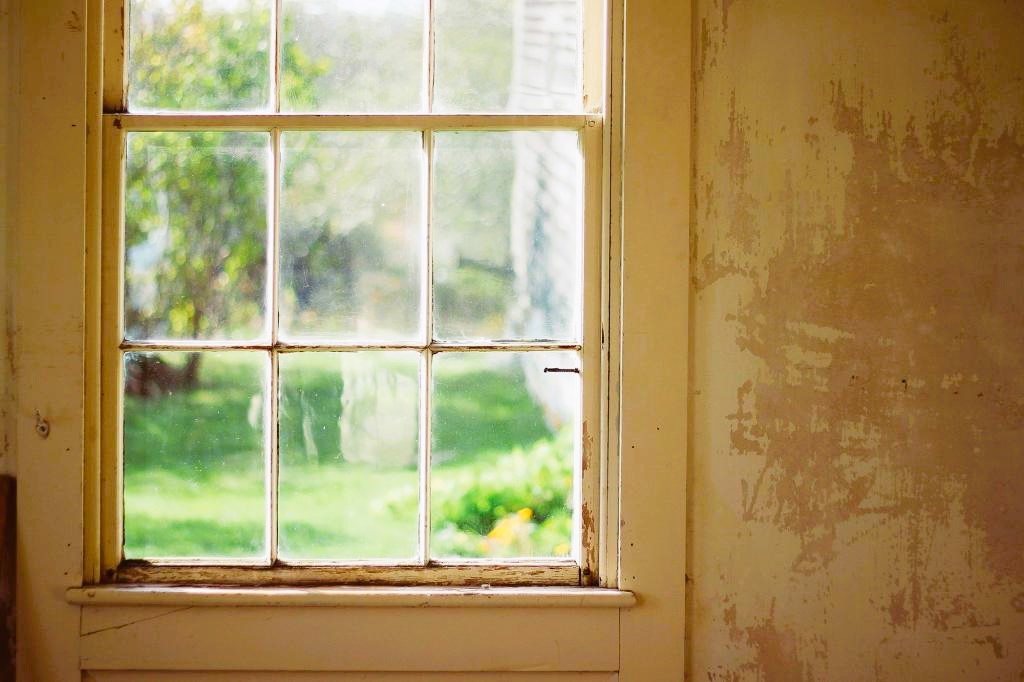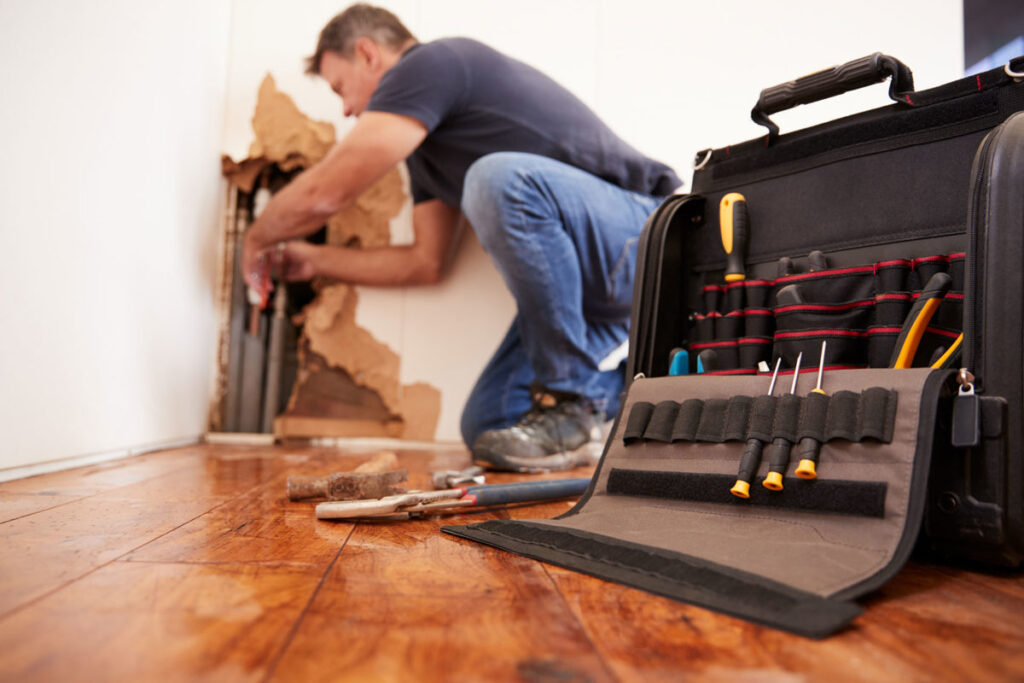Water damage is a common problem that can occur in windows, causing structural issues, aesthetic deterioration, and even health hazards. Whether it’s due to leaks, condensation, or severe weather conditions, water damage needs to be addressed promptly to prevent further complications. In this article, we will explore prevention and restoration tips for repairing water-damaged windows, ensuring the longevity and performance of your windows.

1. Identify the Source of Water Damage
The first step in repairing water-damaged windows is to identify the source of the water intrusion. Check for signs of leaks around the window frame, such as water stains, discoloration, or peeling paint. Inspect the surrounding area for any visible cracks or gaps that may allow water to seep in. Identifying the source of water damage is crucial for effectively addressing the problem and preventing future issues.
2. Repair Window Seals and Caulking
Window seals and caulking play a vital role in keeping water out. Over time, these seals can deteriorate or become damaged, compromising their effectiveness. Inspect the seals and caulking around your windows and repair or replace them as necessary. Use a high-quality silicone or acrylic caulk to seal any gaps or cracks and ensure a watertight seal.
3. Address Window Frame Issues
Water damage can affect the window frame, leading to rotting or warping. If you notice any soft or decaying wood, it’s essential to address the frame issues promptly. Remove any damaged wood and replace it with a suitable material that is resistant to water damage, such as treated or composite wood.
4. Repair or Replace Damaged Window Glass
If the water damage has affected the window glass, it may need to be repaired or replaced. Small cracks or chips can often be repaired using specialized glass repair kits. However, if the damage is extensive or compromises the integrity of the window, replacement may be necessary. Consult with a professional window repair service to assess the extent of the damage and determine the best course of action.
5. Improve Window Insulation
Proper insulation is essential for preventing water damage. Insufficient insulation can lead to condensation buildup, which can cause water damage over time. Consider adding insulation around your windows to minimize condensation and prevent water intrusion. Weatherstripping and foam insulation strips can be applied to improve the seal and reduce the risk of water damage. The importance of professional window installation, read more in our article here.
6. Maintain Proper Ventilation
Proper ventilation is crucial for preventing moisture buildup and reducing the risk of water damage. Ensure that your windows have adequate airflow by opening them regularly, especially in areas prone to high humidity, such as bathrooms and kitchens. Consider installing exhaust fans or dehumidifiers to control moisture levels in these areas.

7. Regular Maintenance and Inspection
Regular maintenance and inspection of your windows are essential for identifying potential water damage issues early on. Inspect your windows periodically for any signs of leaks, discoloration, or deterioration. Clean the window tracks and remove any debris that could impede proper drainage. By addressing minor issues promptly, you can prevent them from escalating into major water damage problems.
8. Seek Professional Help
In cases of severe water damage or if you are unsure how to handle the repairs yourself, it’s recommended to seek professional help. Experienced window repair specialists have the expertise, tools, and materials necessary to restore water-damaged windows effectively. They can assess the extent of the damage, provide appropriate solutions, and ensure the integrity of your windows is restored.
Conclusion
Repairing water-damaged windows is crucial for maintaining the integrity, functionality, and aesthetic appeal of your home. By following these prevention and restoration tips, you can address water damage issues promptly and effectively. Remember to identify the source of water intrusion, repair window seals and caulking, address frame issues, and improve insulation and ventilation. Regular maintenance, inspection, and seeking professional help when needed will help ensure that your windows remain in excellent condition and protect your home from the damaging effects of water.
